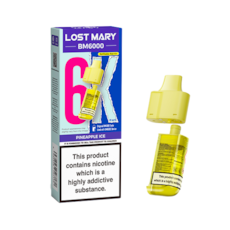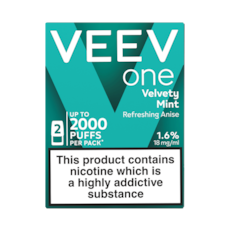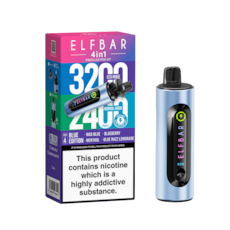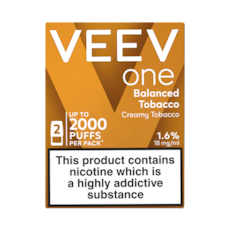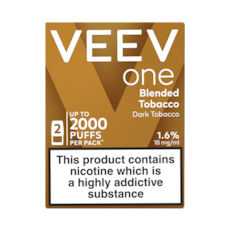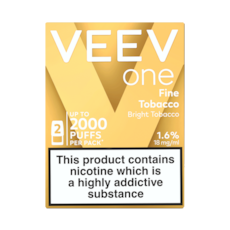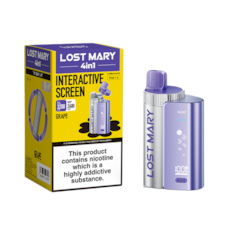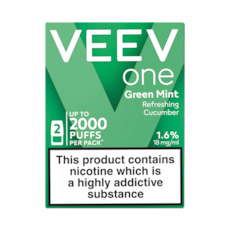Was Your New Year's Resolution to Quit

E-cigarettes are a popular tool for quitting smoking, and their rise has increasingly pushed traditional cigarettes off store shelves. From a scientific perspective, they are a much better choice. However, vaping still constitutes an addiction, and not everyone is entirely satisfied with it.
Thus, a new question has emerged: how does one quit vaping? This is particularly relevant since e-cigarettes contain nicotine, the same addictive substance that has kept smokers hooked for decades.
So, how do you quit vaping?
Louise Ross, one of the UK’s social workers who has long advocated for recognising e-cigarettes as a smoking cessation tool, successfully ran a Stop Smoking service in Leicester. She also co-developed one of the world’s only stop-smoking apps that incorporates vaping as one of several tools to help smokers quit cigarettes.
Together with the Office for Health Improvement & Disparities (OHID) and The National Institute for Health and Clinical Excellence (NICE), she has compiled a set of recommendations for healthcare professionals assisting those who want to quit vaping. Her advice is twofold:
"First, ask yourself the question: Why do you want to quit vaping? Is it just the addiction? Or is it about the cost? Is it due to pressure from family or friends? How likely is it that you will go back to smoking if you quit vaping? According to the guidelines we provide to healthcare professionals, these are questions that should always be asked."
Staying Smoke-Free is Crucial
The answer is critical to determining the best strategy for quitting, Ross explains. If the primary goal is to break free from addiction, it’s important that vapers first receive accurate information about the risks associated with different forms of nicotine use. Vaping with nicotine is not entirely risk-free, but the risks pale in comparison to smoking.
"The risks of cigarette smoking are astronomical. If the nicotine in e-cigarettes keeps you smoke-free, it’s not the time to rush into quitting—unless there are serious reasons, or you’re confident that you won’t return to smoking."
Minimal Risks with Vaping
Ross emphasises this point. Vaping is a controllable and relatively safe way to use nicotine, unlike smoking. The benefits of not smoking are therefore significant, while the known and estimated risks of vaping are comparatively small.
That said, the process of quitting vaping is relatively straightforward, especially for those using refillable e-cigarettes.
" The simplest way is to gradually reduce the nicotine strength in your e-juice. You can either buy pre-mixed e-liquids with varying concentrations or mix less nicotine into your refill each time. This allows you to adjust at your own pace until you reach 0. It’s wise to do this over an extended period so that you hardly notice the change."
Gradual Adjustments are Key
Ross advises that those reducing the nicotine in their e-juice should proceed at a comfortable pace, without undue pressure.
"For instance, someone who hasn’t smoked cigarettes for 12 weeks could create a plan to reduce the nicotine concentration in their e-liquid in two- or four-week intervals. Starting at 20 mg/ml, they might decrease to 18, 12, 6, and 3 mg/ml at each step,"
Challenges with Disposable Vapes
For users of disposable models, gradually reducing nicotine levels can be more challenging. While nicotine-free versions are available, intermediate strengths are harder to find. If switching to a refillable system isn’t an option, Ross suggests alternative strategies.
"It can be effective to increase the time between vaping sessions. Because vapour enters the body differently from cigarette smoke, it’s not uncommon—indeed, it’s recommended—to vape whenever convenient rather than sticking to specific breaks or times of day. Therefore, one strategy is to identify a pattern you can adjust. For example, if you typically vape every 20 minutes, try extending it to once an hour and progress from there. You can also alternate with a nicotine-free disposable vape,"
Preparedness for Emergencies
It’s perfectly fine to combine nicotine reduction with traditional smoking cessation aids.
"It’s crucial to emphasise that those who quit e-cigarettes should revert to vaping or some form of nicotine replacement therapy if they find themselves at risk of relapsing to smoking. We recommend keeping a vape and/or a fast-acting nicotine product on hand for ‘emergencies’ when unexpected cravings are triggered. It’s also important to remind people that a relapse to vaping shouldn’t be seen as a failure—especially since it is far less harmful than smoking, "
Want to Learn More?
Read Louise Ross and Sophia Papadakis’ guide, Supporting Clients Who Want to Stop Vaping, available at: https://www.ncsct.co.uk/library/view/pdf/Supporting-stopping-vaping-2023.pdf
